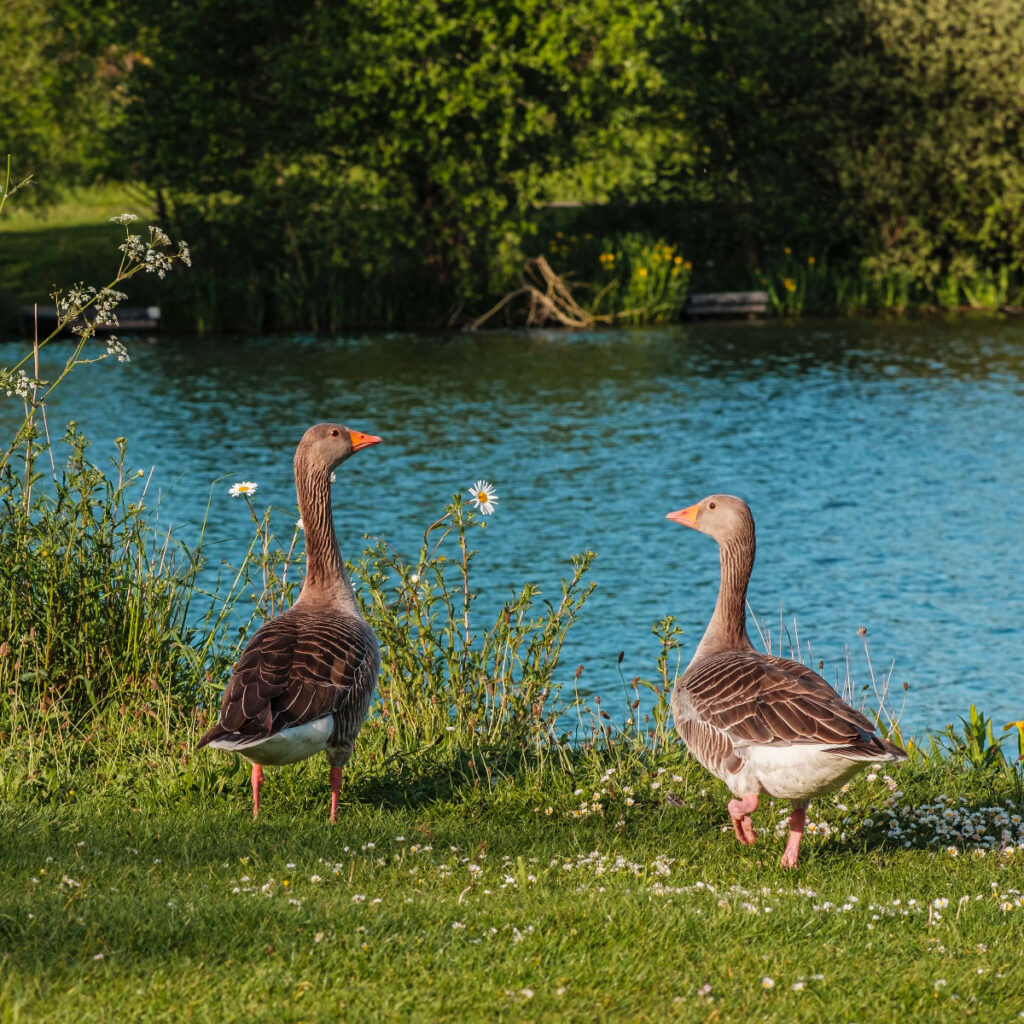Last updated on September 25th, 2023 at 11:03 am
Bee-killing pesticides are a serious threat to the survival of pollinators and the health of the wider environment. Pollinators, the unsung heroes of our ecosystem, are facing a dire situation. The culprits? Pesticides, particularly those lethal to bees. Let’s dive into the alarming findings about the presence of these chemicals being found in our English rivers.
Rivers Trust and Wildlife and Countryside Link
A joint study by the Rivers Trust and Wildlife and Countryside Link (WCL) has unveiled some unsettling truths:
- Neonicotinoids, notorious bee-killers, are not just a threat on land. They’ve infiltrated our waterways.
- Over 10% of English river sites tested by the Environment Agency showed traces of up to five different neonicotinoids.
- Shockingly, four of these are prohibited in the EU.
- The EU’s proposed environmental quality standard (EQS) was exceeded at 55% of these sites, indicating levels unsafe for aquatic life.
Most Affected Rivers:
- River Ivel, Bedfordshire
- River Waveney, Suffolk & Norfolk
- River Nene, Northamptonshire
- River Ouse, Yorkshire
- River Tame, West Midlands
These rivers, predominantly in the east, south-east of England, and West Midlands, are bearing the brunt of this contamination.
The Controversy Surrounding Thiamethoxam
Environmentalists and farmers are on tenterhooks. The decision to approve thiamethoxam, a toxic neonicotinoid, for English sugar beet farms for the fourth year is pending. This chemical, banned in the EU, has been found in our rivers. The continued use of such chemicals, despite mounting evidence of their harm, has wildlife advocates up in arms.
UK’s Pesticide Dilemma Post-Brexit
The EU had long since banned the bee-killing pesticide, allowing it only in emergencies. However, post-Brexit, the UK has the autonomy to set its pesticide rules. Recent findings show that 36 pesticides, prohibited by the EU, are still on the UK’s table for potential use.
What Pesticides Are Banned in the UK?
Trying to find a list of banned pesticides in the UK proved to be pretty difficult. No doubt I might be able to find something if I had the time to trawl through the regulatory jargon found here on the HSE website.
The provided link from the Health and Safety Executive (HSE) discusses prohibited and non-approved active substances in pesticides. Here’s a summary of the key points:
Prohibited and Non-Approved Active Substances
- EU Legislation: Council Directive 79/117/EEC previously prohibited the marketing and use of plant protection products containing certain active substances that could harm human health or the environment.
- Regulation (EC) No 1107/2009: Effective from 14 June 2011, this regulation mandates that plant protection products in the EU can only use approved active substances. This regulation made the previous directive superfluous, leading to its repeal.
- List of Approved Substances: Active substances approved in Great Britain can be found in the list of active substances approved in Great Britain.
- Persistent Organic Pollutants (POPs): Some active substances are specifically prohibited by Regulation (EC) 850/2004 due to their classification as POPs.
Withdrawn Active Substances
- Numerous substances have been withdrawn either due to safety concerns or commercial decisions by companies.
- Reviews have been conducted at the national level in the UK and coordinated at the EU level under Council Directive 91/414/EEC and Regulation 1107/2009. Currently, a GB renewal programme is in place as per Regulation (EC) 1107/2009.
As I mentioned, finding a specific list of banned pesticides isn’t easy. For a detailed list, one might need to delve deeper into the provided regulations or contact the HSE directly.
UK Lags Behind EU in Banning Harmful Pesticides
The UK has yet to prohibit 36 pesticides that the EU has already banned, raising concerns about its environmental stance post-Brexit. Research from the Pesticide Action Network (PAN) indicates the UK’s reluctance to phase out certain harmful pesticides, with 13 of these deemed highly hazardous by the UN.
Since Brexit, the UK has annually authorized a bee-toxic neonicotinoid, diverging from the EU’s ban on such emergency uses. This divergence is partly attributed to the UK’s new pesticide licensing regime.
PAN has emphasized the potential health, environmental, and trade implications, especially as the EU remains a significant market for UK agricultural exports.
The Department for Environment, Food and Rural Affairs assures that strict regulations are in place, with the Health and Safety Executive overseeing pesticide approvals.
The Ripple Effect of Neonicotinoids
Neonicotinoids aren’t just bee adversaries. They’re systemic insecticides, meaning they’re absorbed and transported throughout plants. So, when pollinators like bees, butterflies, and hoverflies sip nectar or feast on pollen, they’re ingesting these toxins. The repercussions? A domino effect threatening the balance of our ecosystem.
The Path Forward
The looming threat of pesticides, especially to pollinators, cannot be ignored. A shift towards sustainable farming, emphasizing pollinator health and minimizing toxic chemicals, is imperative. The Department for Environment, Food and Rural Affairs is vocal about its commitment:
- A forthcoming pesticide action plan to reduce risks and impacts.
- Enhanced funding for farmers to better manage slurry.
- Incentives for farmers to cut down insecticide use.
Help Save Bees From Neonicotinoids
Neonics, technically known as neonicotinoids, are powerful insecticides. Effective in protecting crops, they come at a devastating cost to the pollinator population, and subsequently us humans. We’re supporting a petition to “Require MPs to vote on any emergency authorisations of bee-killing pesticides” and to help save bees from neonicotinoids.
Conclusion
The clock is ticking. The health of our pollinators and the sanctity of our environment hang in the balance. It’s high time we rally together, steering towards sustainable farming and safeguarding our natural world. After all, every bee revived is a step closer to a healthier planet.





